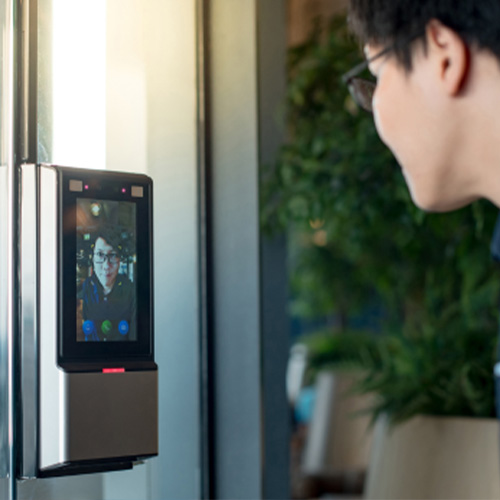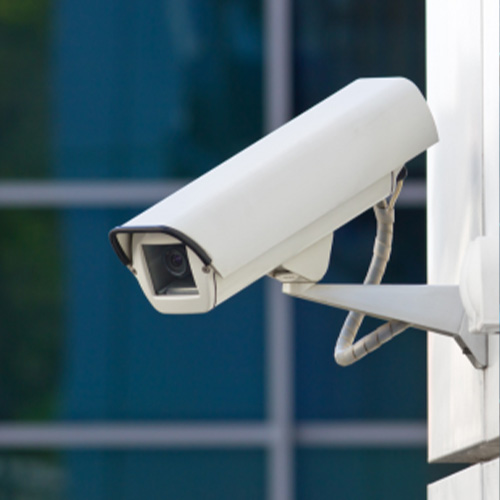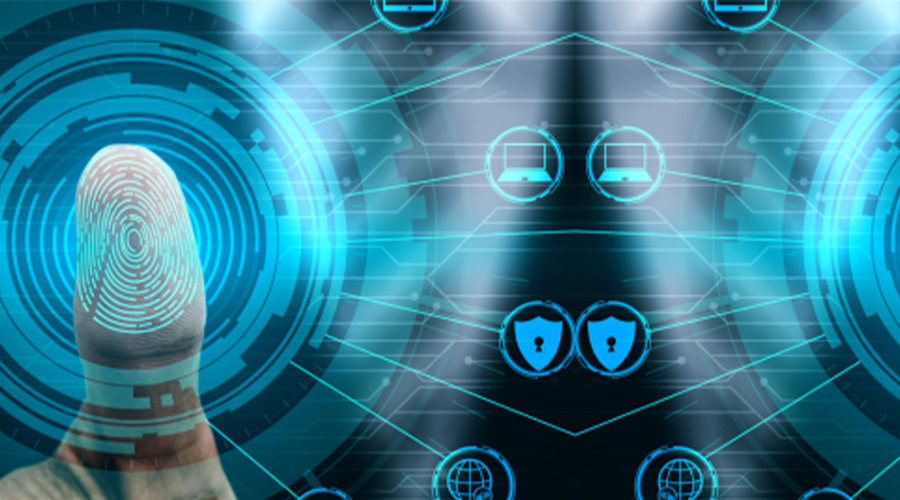Healthcare security cannot be understated, particularly following recent incidents like the tragic Pennsylvania shooting, which resulted in the loss of an officer's life and injuries to several others. Events like these highlight the vulnerabilities faced by healthcare facilities, which are inherently open to the public and tasked with providing care to all individuals, regardless of their behavior. This openness presents unique challenges, particularly since not every patient engages positively with the staff, which can impact overall care quality.
Lauris Freidenfelds, VP, Security Risk Consulting, Telgian Engineering & Consulting, expands on this: “Basic care must be provided to everyone, no matter who they are or how they behave. Caregivers must learn how to cope with a wide range of patients. Freidenfelds highlights that, “the visitors for some patients can make the staff feel uncomfortable, demanding priority in attention, and sometimes, they become stressed and act inappropriately. Many patients also misbehave. For example, drug seekers and homeless can be known to abuse the healthcare system and refuse to leave the property.”
According to the American Nurses Association, one in three nurses lacks essential safeguards for their safety on the job, underscoring the urgent need for enhanced precautions. One effective strategy for managing difficult behaviors is for healthcare staff to learn how to recognize signs of agitation in patients before they escalate. Freidenfelds emphasizes the importance of interpreting body language promptly and adapting one’s communication style to help de-escalate potentially tense situations.
De-escalation training has become increasingly common in healthcare settings. According to Penn Medicine, they offer four-hour trainings for healthcare staff that teaches them strategies for how to prevent conflict, identify verbal and nonverbal signs in a patient and learn how to react if escape is necessary. This may prove essential in crises, especially as safety is a personal perception, according to Freidenfelds, and is not the same for everyone. “Administrators need to engage staff to identify their concerns and work to address them,” Freidenfelds says. “Good security administrators learn how to identify the root causes of staff safety concerns and then identify appropriate mitigation strategies. Perfection may not be immediately achieved, but if staff see progress and feel like their concerns are heard, they will be more engaged and feel safer.
In addition to the significance of staff safety training, some healthcare organizations such as Penn Medicine have invested over $28 million in Evolv weapons detection systems across 16 facilities, including all PPMC entrances. These are not the only trends emerging in response to the threat of physical security in healthcare systems. Building Security Services & Systems identifies several emerging trends that are essential for enhancing security in healthcare settings:

AI-Driven Surveillance Systems: Artificial intelligence is being integrated into surveillance systems to detect unusual behavior in real time, such as loitering in restricted areas or potential physical altercations, enabling immediate alerts to security personnel for quicker response times.

Biometric Authentication: Fingerprint, facial recognition, and retinal scanning technologies are increasingly used to ensure that only authorized personnel can access sensitive areas, such as laboratories or pharmaceutical storage, providing added security in environments where traditional access cards may be lost or stolen.

Real-Time Incident Monitoring and Response: Many facilities are adopting systems with real-time monitoring and immediate response capabilities, such as automated lockdown features that secure areas at the press of a button, enabling staff to quickly isolate threats.
Freidenfelds emphasizes the significance of real-time incident monitoring and response as a crucial component of healthcare safety. And as part of healthcare safety, he also emphasized how fire safety protocols should also be integrated into the broader healthcare facility strategy: “Staff should be trained in how to respond toemergencies, especially because knowing whatto doeliminatespanic. Emergency response drills and exercises help develop “muscle memory” for when real emergencies occur.
To navigate these challenges effectively, administrators must consider key steps to ensure their healthcare facility meets both fire safety standards and security requirements. Freidenfelds suggests:
- Risk Assessment Expertise: Security and hospital administrators must become risk assessment experts or utilize outside resources for conducting thorough assessments and staff training.
- Continual Risk Assessments: Regular assessments, as prescribed by The Joint Commission (TJC), are essential, as risks are not static but evolve based on various factors. “Constantly keeping your eyes open to new risks is vital,” he states.
- Testing and Maintenance: Both security and fire safety systems require regular testing and maintenance. Discovering a system failure during a drill is far preferable to experiencing it during a real emergency.
- Comprehensive Staff Training: Training equips staff with the tools to handle challenging situations, ultimately making them feel safer in their environment.
Through these measures, we can aspire to create a safer and more secure healthcare system, prioritizing the well-being of both staff and patients while continuously adapting to evolving security threats. BOMA International will dive deeper into security trends at its upcoming Medical Real Estate Conference on May 7 -9, 2025 in Denver, CO. The program includes an important session, Changing the Safety Paradigm: Technology-Enhanced Solutions for Healthcare Environments. To learn more and register for the event visit www.BOMA.org.

Since 1907, BOMA has been supporting property owners, managers, service providers,
and property professionals of all commercial building types, including office, healthcare, industrial, retail, mixed-use, government, and education buildings.. BOMA/BOMI is here to equip you with the connections and resources you need to continue to advance your career, your company, and the industry. Learn more at boma.org.
